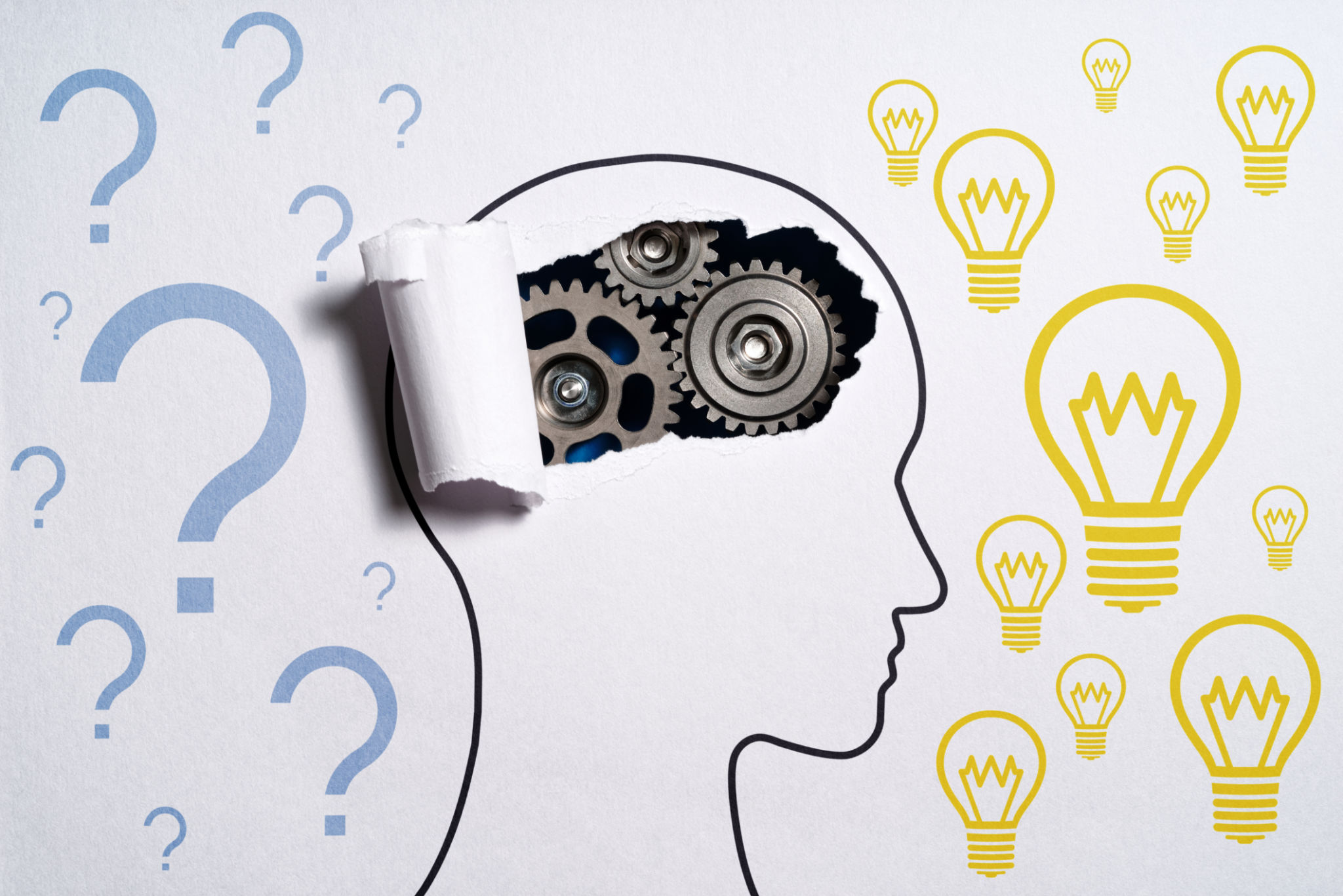Understanding Digital Literacy: Key Skills Every Student Needs
JT
Introduction to Digital Literacy
In today's fast-paced digital world, being equipped with digital literacy skills is essential for students to navigate the complexities of technology effectively. Digital literacy goes beyond the simple ability to use computers and the internet; it encompasses a range of skills that enable individuals to confidently and critically engage with digital content.
Understanding digital literacy not only empowers students in their academic pursuits but also prepares them for future workplaces where technological competence is a fundamental requirement. As educational paradigms shift, it becomes increasingly crucial for students to develop these skills early on.

Key Components of Digital Literacy
Information and Data Literacy
At the core of digital literacy is the ability to locate, evaluate, and use information effectively. Students must learn to discern credible sources from unreliable ones, an essential skill in an era where misinformation can spread rapidly. This involves critically analyzing the quality and relevance of the information they encounter online.
Communication and Collaboration
Digital tools offer unprecedented opportunities for communication and collaboration. Students should be adept at using various platforms to communicate ideas clearly and work collaboratively with peers across different locations. This includes understanding online etiquette and managing digital identities responsibly.

Digital Content Creation
The ability to create engaging digital content is another critical component of digital literacy. This encompasses skills such as writing blogs, creating videos, or designing graphics. Students who are comfortable with content creation can express themselves more effectively and engage with a wider audience.
Critical Thinking and Problem Solving
An essential aspect of digital literacy is the development of critical thinking skills. Students should be able to approach problems methodically and use technology as a tool to devise innovative solutions. This involves understanding algorithms, programming basics, and how technology can be leveraged to solve real-world problems.

The Role of Educators
Educators play a vital role in fostering digital literacy among students. By integrating technology into the curriculum and providing practical experiences, teachers can help students build confidence in their digital skills. Professional development for educators is also crucial to ensure that they are equipped with the latest knowledge and tools.
Conclusion
As technology continues to evolve, so too must our approach to education. Digital literacy is not merely a set of skills but a mindset that prepares students for lifelong learning in an increasingly digital world. By focusing on key components such as information literacy, communication, content creation, and critical thinking, we can equip students with the tools they need to succeed in both their academic and professional lives.
Understanding and mastering these digital literacy skills will provide students with a competitive edge, ensuring they are not only consumers of technology but also innovators who can shape its future.
